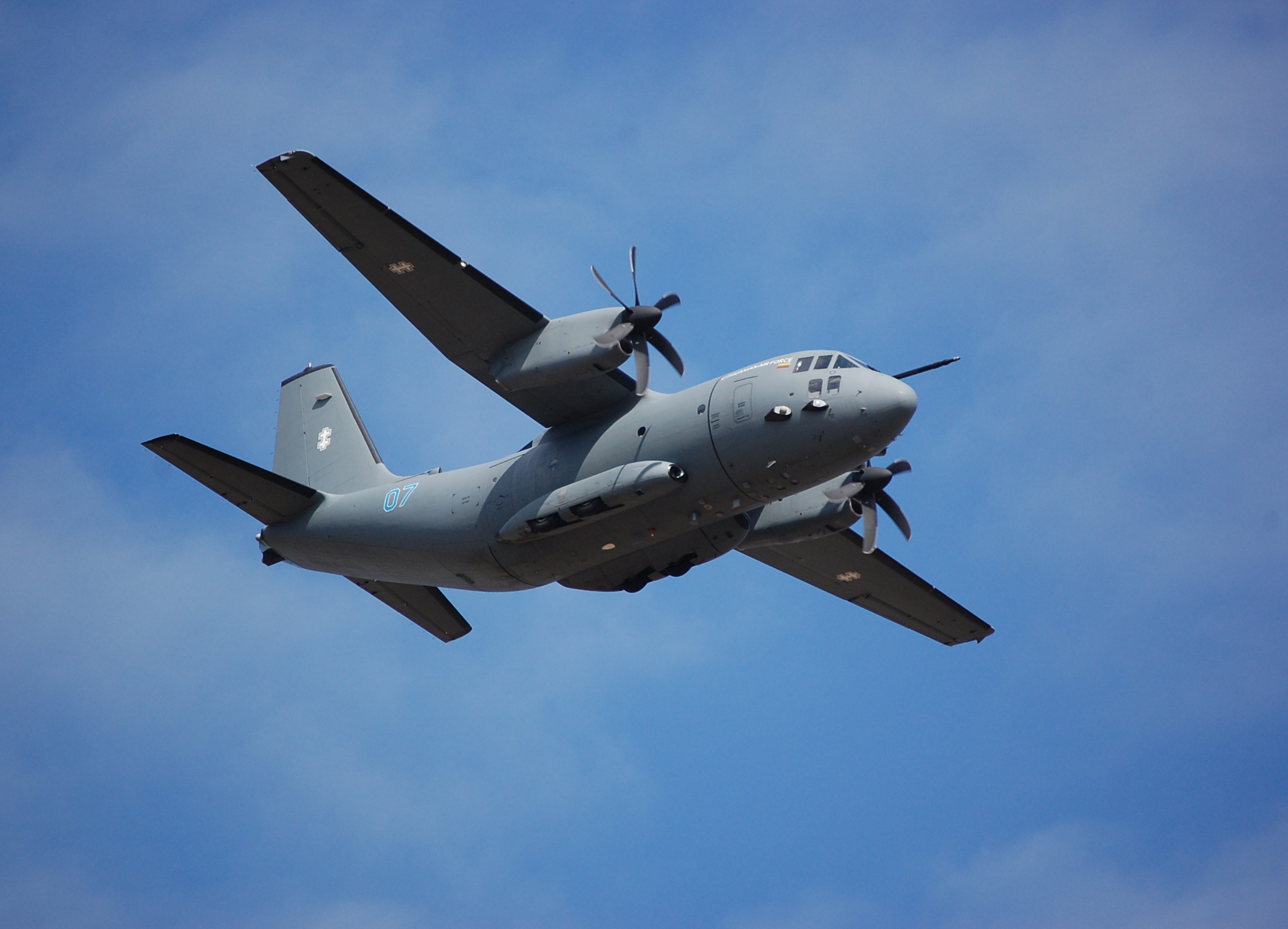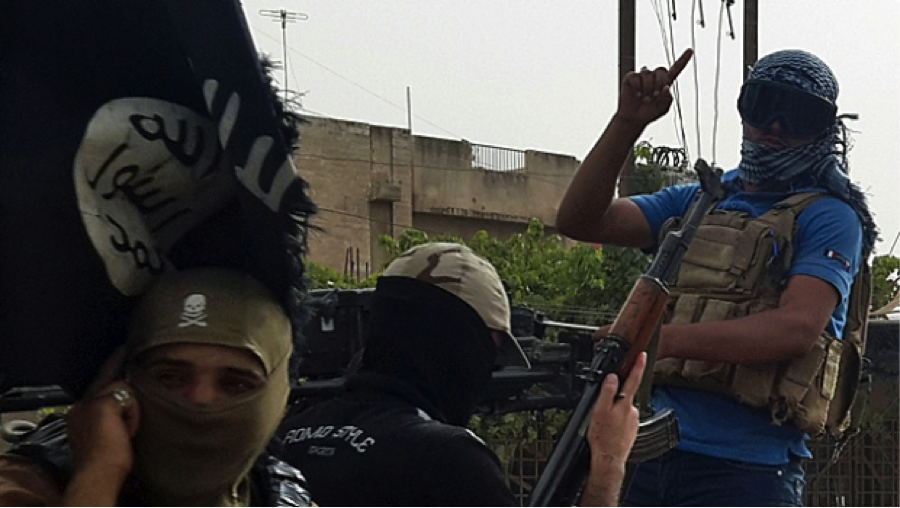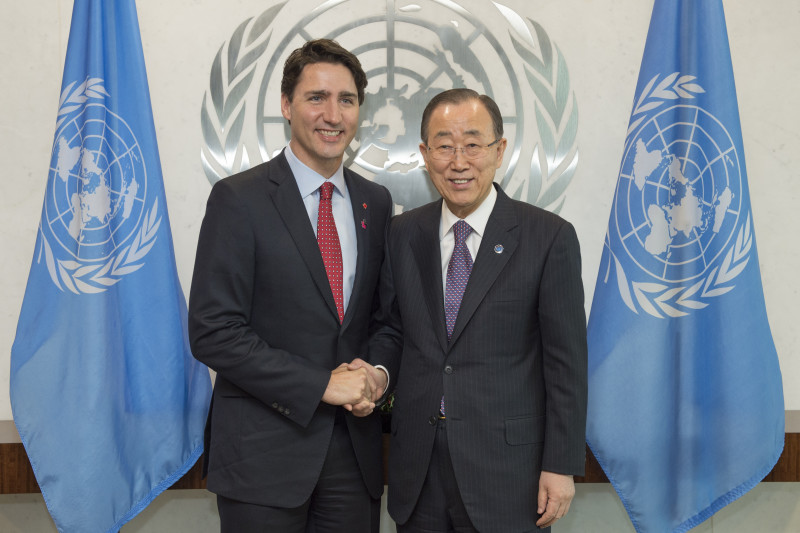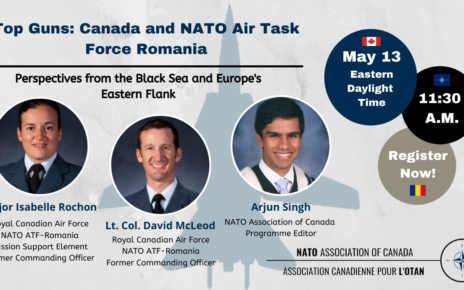The CC-115 Buffalo, introduced between 1965 and 1974, has been the Canadian Armed Forces’ principal search-and-rescue aircraft for decades. In 2002, the Canadian government identified a need to replace these aircraft with newer models, beginning a procurement saga that continues to date. However, there may be an end in sight, with a new model hopefully ready for delivery before the airframes of Canada’s CC-115 Buffalo fleet are no longer safe or suitable for flight.
In January 2016, Public Services and Procurement Canada announced that three submissions had been received in response to the Fixed-Wing Search and Rescue (FWSAR) Request for Proposals (RFP): the C295W from Airbus Defence, the C-27J Spartan from Alenia, and the KC-390 from Embraer. Testing of the three candidate airframes began at the bidders’ facilities in March 2016 and will be concluded by the end of September this year. A contract is expected to be signed in either late 2016 or early 2017. Originally, the Canadian government called for 17 aircraft, but oddly changed the RFP so that it will be up to the bidders to include in their submissions the number of aircraft they believe Canada needs to maintain search-and-rescue capabilities.
The consortium proposing the C-27J, which includes Leonardo-Finmeccanica, General Dynamics Mission Systems-Canada, DRS Technologies Canada, and several other smaller firms, has already upped the stakes in its bid. In addition to producing an undisclosed number of aircraft, the bid reportedly includes a proposal to build a three-storey, 73,000 square foot training facility for search-and-rescue aircrews in Comox, British Columbia.
Comox is an ideal location to conduct such training, since it is already home to the Royal Canadian Air Forces’ (RCAF) 19 Wing and is one of the country’s two bases for the CP-140 Aurora maritime patrol and surveillance aircraft. More importantly, 442 Transport and Rescue Squadron is based in Comox, flying the aforementioned CC-115 Buffalo and CH-149 Cormorant rotary-wing aircraft out of the base.
All three models being considered are sufficiently similar in size and design to the CC-115 Buffalo that it would not be difficult for RCAF aircrews to adapt to operating them. However, each boasts the capability to transport considerably greater payloads than the CC-115 Buffalo and with a range approximately four times wider. This will be especially beneficial for search-and-rescue operations in remote northern regions of Canada. However, the KC-390 proposed by Embraer is untested, unlike the other models. Several militaries have ordered KC-390 aircraft, specifically Brazil, Colombia, Argentina, Chile, Portugal, and the Czech Republic, but the first are not expected for delivery until early 2018.
In comparison, the C-27J Spartan has been operating successfully since 2006. 82 of this aircraft have been built, and the United States Coast Guard employs it in a similar search-and-rescue role. Meanwhile, the C-295W has been operating since 2001. 136 aircraft have been built, and it has been adopted by 24 militaries worldwide, including the Finnish Air Force.
Evidently, Canadian defence planners will have a difficult choice to make between these three designs. Foremost in their minds ought to be the speed with which the successful bidder must produce the aircraft. The company that originally produced the CC-115 Buffalo, de Havilland Canada, has long since ceased to exist and the rights to the aircraft have been traded between Bombardier and Viking Air, making replacement parts difficult to come by. The longer the delay in putting new aircraft into the sky, the more fragile Canada’s search-and-rescue capabilities become.
Photo: Lithuanian Air Force C-27J Spartan (2008), by Ministry of National Defence Republic of Lithuania via Wikimedia Commons. Licensed under CC BY 2.0.
Disclaimer: Any views or opinions expressed in articles are solely those of the authors and do not necessarily represent the views of the NATO Association of Canada.




